Picasso Museum reopens after five-year renovation
- Published
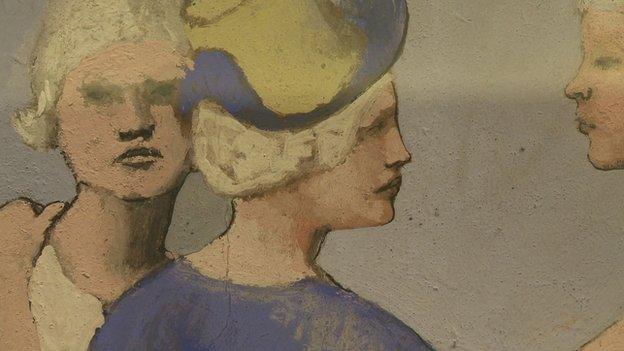
The museum houses works by Picasso but also many by other artists that he collected and loved during his life
One of the most popular museums in Paris, the Picasso Museum, reopens on Saturday after a five-year closure for a costly and controversial renovation.
The opening is being hailed as a major event in the French arts scene, allowing access once again to perhaps the most important collection of Picasso paintings and sculptures in the world.
The museum's home, the grandiose 17th Century Hotel Sale in the Marais district, has had its interior redesigned to create larger and lighter areas.
There are two new storeys, a new reception hall in the former stables, and the basement has been excavated to recreate the world of Picasso's studios.
In all the museum now boasts 40 rooms and 3,000 square metres of exhibition space. On display for the inaugural exhibition are some 400 pieces - just a fraction of the 5,000 artworks comprising the collection.
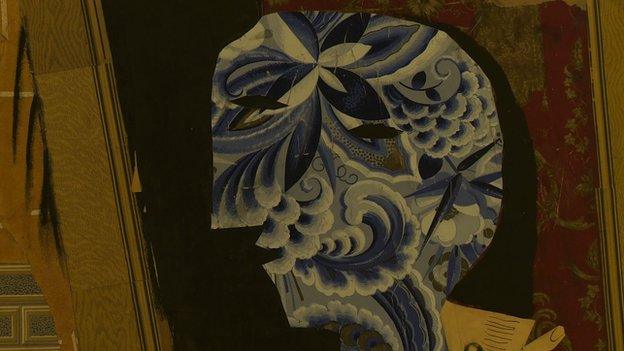
The museum's director says "the variety of the work is endlessly provocative"
"It really is a new museum, full of light," says director Laurent Lebon. "When you walk around the five storeys, you should get a shock of amazement in every room.
"Picasso is as alive today as he ever was. Sculptures, paintings, collages, assemblages, pottery: the variety of the work is endlessly provocative."
The lay-out is roughly chronological, taking the visitor from Picasso's early blue period through the Cubist and Surrealist phases and on to his late re-interpretations of the masters.
In the former attic are housed works by Matisse, Braque, Derain and Van Dongen - pieces personally collected by Picasso from artists who were his friends. Also here are African and Iberian artworks that strongly influenced his ideas.
The Picasso museum was created in 1985 as a home for the thousands of art-works that remained in the artist's possession - unsold in other words - when he died in the south of France.
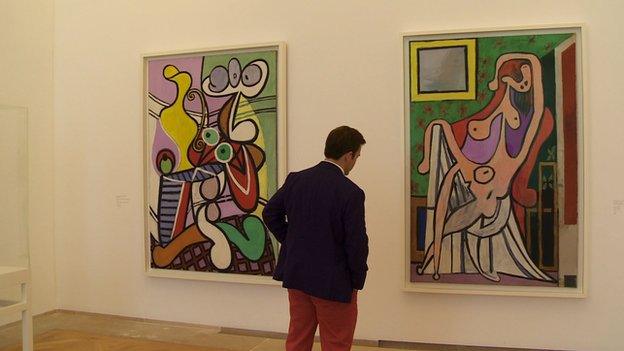
The Hotel de Sale was chosen for the museum as it was thought suitably prestigious
The artist's family - a very complicated one - reached agreement with the French state to make over the art in lieu of taxes.
It means that the collection has two facets which make it unique. First, it covers all periods of the artist's life (though admittedly some more than others).
But second, and more important, it is made up of artworks which we know Picasso held dear.
"What we have here is that part of his entire oeuvre which Picasso had the greatest affection for," says Anne Baldassari, who was until recently the museum's director.
"He hated being parted from these creations, because they were like markers in his life as an artist. What we have here are his choices, his keys. The reason they were not sold is that he could not bear to sell them."
The Hotel de Sale - a rich tax-collector's mansion originally - was chosen as home for the museum because it was suitably prestigious, and belonged to the Paris city hall.
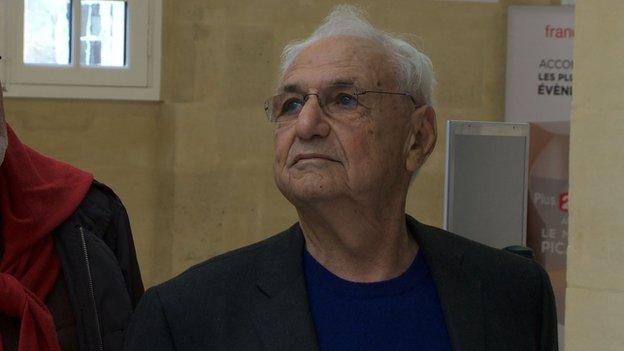
American architect Frank Gehry was among the special guests invited to see the museum ahead of its official reopening
But there was always an incongruity between the sumptuous, historic building - its staircase is a masterpiece of the period - and the chaotic modernity of Picasso.
In addition the original lay-out was full of poky rooms; the safety norms were well below acceptable; and with attendance projected to pass a million a year, there were fears the building would be unable to cope.
But the five-year renovation was far from trouble-free. There were cost overruns. Twice the re-opening was deferred.
Finally - fearing an international embarrassment - the government stepped in and sacked Baldassari as the museum's director.
Baldassari is a world-renowned expert on Picasso, but she was proving an incompetent manager. Colleagues refused to work with her, and a petition circulated calling for her dismissal.
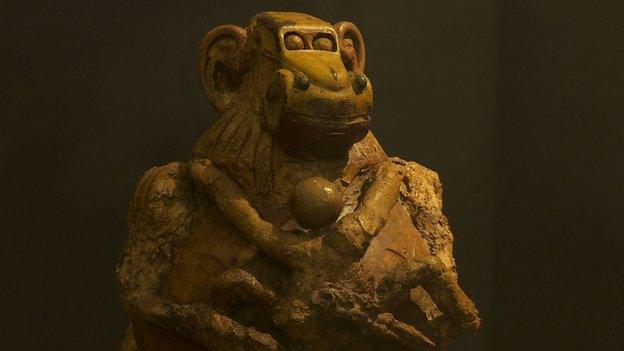
Picasso collected and was influenced by art from many genres
Her replacement - Laurent Lebon - may not have her flair but is regarded as a safe pair of hands. He insisted she stay on to curate the re-inaugural exhibition.
"When I took the job, all I wanted was to keep things nice and serene," says Lebon. "There was only one priority: getting the museum open on 25 October."
In the run-up to the big day, Lebon has been busy conducting VIP tours. Among his guests: the American architect Frank Gehry, whose monumental Louis Vuitton art foundation has just opened on the other side of Paris.
"I am not here to criticise the architecture, but to praise the painting - which is of course phenomenal," says Gehry.
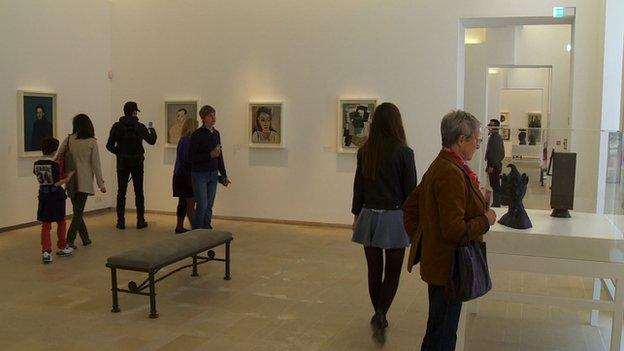
None of the works on display has a label
"What is wonderful for me is to think of the circularity of it all. Picasso was influenced by African art, and now I know contemporary African artists who are themselves influenced by Picasso. It's so human, so instructive."
There have been a few adverse comments in the press. Some critics find the changes in the museum somewhat underwhelming. "Five years for that?," one said.
Others complain that the works have no explanatory labels, though that is a clear decision by Baldassari. She is resolutely opposed to audioguides and texts on the grounds that "too many visitors take refuge in them because they are afraid of the art".
"It's to be expected. Picasso is still alive, active, toxic. He changes our whole way of seeing. So just look."